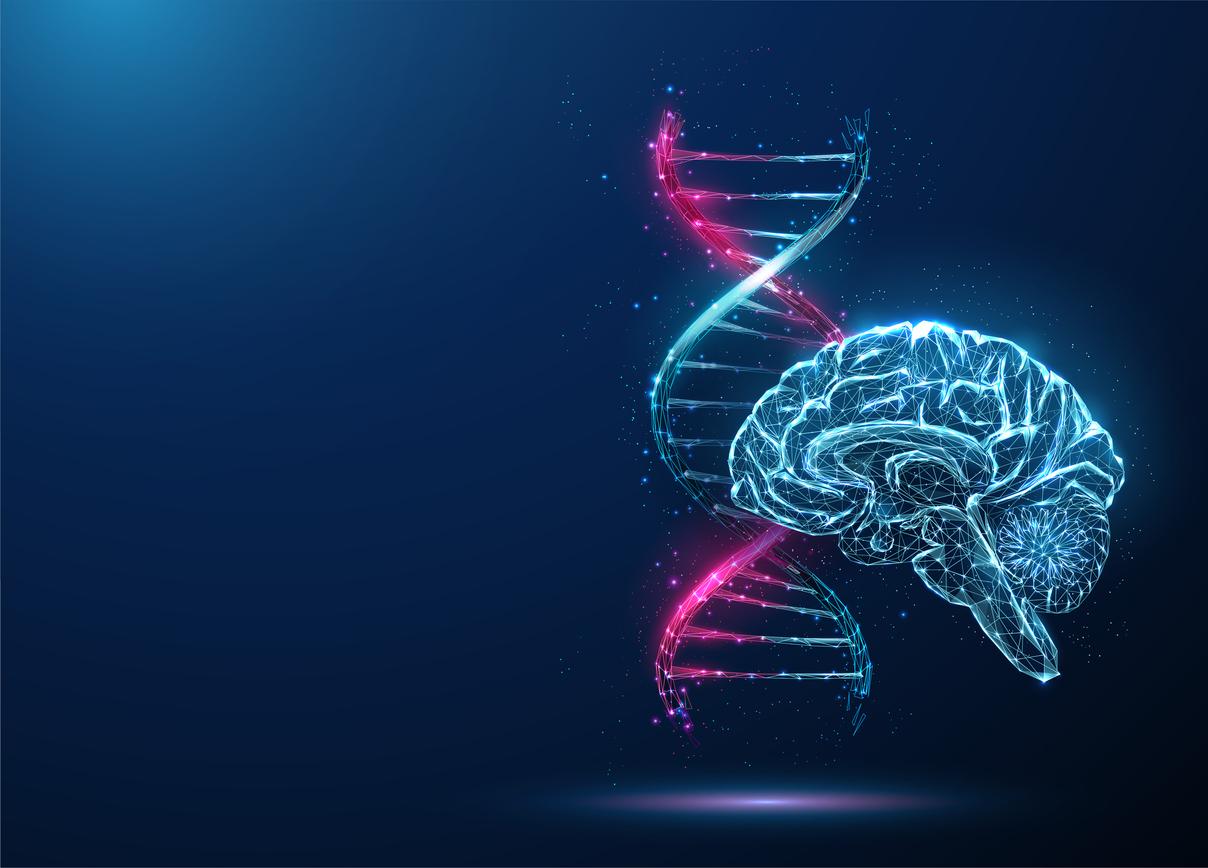A new study has discovered a commonality between schizophrenia and aging: There are synchronized genetic changes in the brain’s astrocytes and neurons.

- Researchers analyzed 1.2 million brain cells from 94 people with schizophrenia and 97 non-schizophrenics.
- They discovered that synchronized genetic changes in two types of brain cells may cause cognitive deficit in schizophrenics and the elderly.
- This discovery could open up new therapeutic avenues.
Elderly people and schizophrenics may have more in common than we think. Researchers from the Stanley Center for Psychiatric Research, Harvard University, Harvard Medical School, and McLean Hospital found that these two populations had closely synchronized genetic changes in two types of brain cells. These could be the origin of the cognitive deficit observed in these individuals.
Their work was published on March 6, 2024, in the journal Nature.
Schizophrenia and aging: closely synchronized genetic changes
The researchers analyzed gene expression in more than a million cells from brain tissue taken from 191 deceased people. In samples from elderly individuals or individuals with schizophrenia, the team noticed that two types of brain cells, astrocytes and neurons, reduced the expression of genes that support junctions between synapses. This phenomenon was not observed in younger people or people without psychological disorders.
Another discovery: changes in the activity of closely synchronized genes were observed in both cell types: when neurons decreased the expression of certain genes linked to synapses, astrocytes similarly modified that of genes that support synapses. The team called these coordinated changes: Synaptic Neuron and Astrocyte Program (SNAP).
“Science has long known that neurons and synapses play an important role in schizophrenia risk, but by framing the question in a different way – asking which genes each cell type dynamically regulates – we discovered that astrocytes are also probably involved”explains Emi Ling, first author of the study in a communicated.

A discovery that could open up new therapeutic avenues
“Science often focuses on the genes that each type of cell expresses independently,” adds Steve McCarroll, co-lead author. “But the brain tissue of many people and the analyzes of this data using artificial intelligence have helped us to see a larger system. These cell types don’t act as independent entities, they have very tight coordination. The strength of these relationships took our breath away.”
For researchers, their study could help identify the factors that positively influence SNAP and thus develop drugs to treat cognitive impairments linked to schizophrenia or aging.
The team is continuing its work to understand whether these genetic changes in both brain cells are present in other pathologies such as bipolar disorder and depression. Scientists would also like to check how SNAP affects learning and cognitive flexibility.















